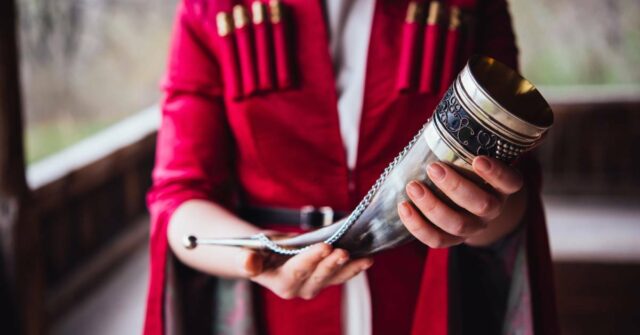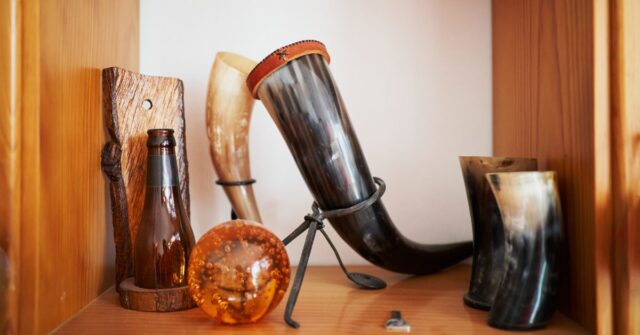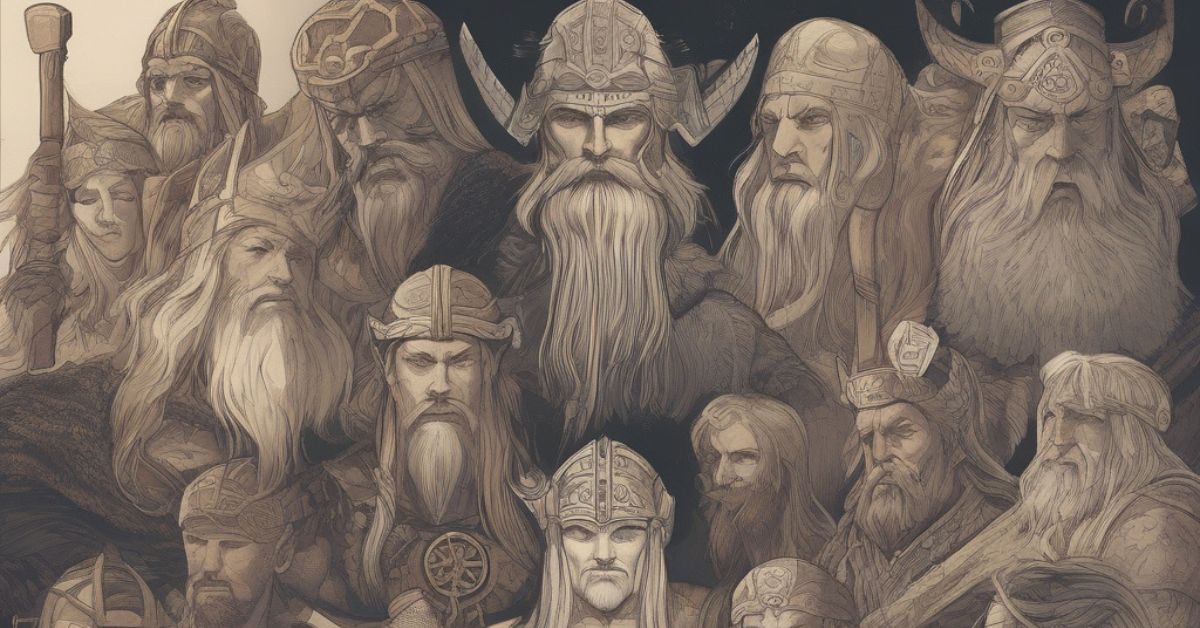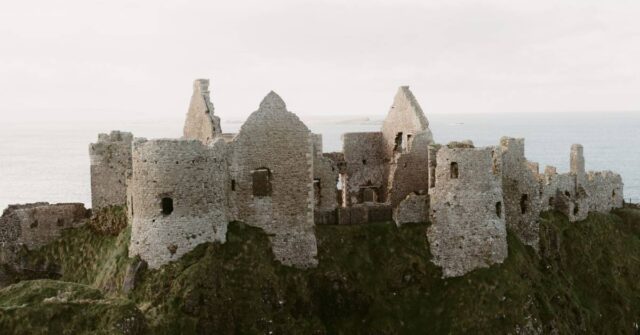The Norse cultures, with their rich history and vibrant myths, have left a lasting legacy that fascinates historians and mythology enthusiasts alike.
Among their many artifacts, the drinking horn holds a special place, serving both practical and symbolic purposes in Norse society.
Introduction to Norse Mythology and Its Cultural Artifacts
Norse mythology, not just a collection of myths but a window into the daily lives and beliefs of the Norse people, permeates throughout their artifacts.
Drinking horns, often richly decorated, were central to communal and ceremonial life, reflecting the social and religious fabric of the time.

The Role of Drinking in Norse Society
Drinking was not only a social activity but also a ritualistic practice, which helped to forge and reinforce bonds within the community.
Feasts and gatherings often featured these horns, which were passed from hand to hand to symbolize unity and loyalty among the clan.
Significance of Mythology in Daily Life
For the Norse, mythology was deeply interwoven with their everyday existence.
Gods and supernatural beings were part of a shared cultural heritage that shaped their values and behaviors, prominently reflected through the stories depicted on their drinking vessels.
Historical Origins of Drinking Horns
Drinking horns date back to the Neolithic times, but they became particularly prominent during the Viking Age.
Their presence in archaeological digs across Scandinavia underscores their common use in daily life and in grave goods, hinting at their esteemed status.
Archaeological Findings
Recent excavations have unearthed drinking horns in various conditions, some still intact with carvings that narrate stories from the era.
These findings help scholars piece together the puzzle of Norse culture and its evolution over centuries.
Comparison With Other Cultures
While unique to the Norse in some respects, similar artifacts have been found across other Germanic and even Celtic societies, suggesting a broader Indo-European tradition of ceremonial drinking vessels.
The Symbolism of Drinking Horns in Norse Myths
In the sagas and myths, drinking horns are not mere vessels; they are imbued with profound symbolism and often appear in tales involving gods, such as Odin and Thor, which illustrates their celestial significance.

Connection to Gods and Heroes
One famous myth involves the god Thor drinking from a horn that magically refills itself, symbolizing endless abundance and strength.
Such stories underscore the horn’s role as a symbol of divine power and blessing.
Mythological Stories Featuring Drinking Horns
Another tale recounts the giantess Skadi choosing a husband by looking at the feet of the gods, which begins with a toast from a drinking horn.
This story highlights the role of such artifacts in key life decisions and their symbolic value in lore and ritual.
Types and Craftsmanship of Norse Drinking Horns
The craftsmanship of drinking horns varied greatly, from simple cattle horns to ornately decorated masterpieces meant for high-ranking individuals.
The artistry involved demonstrates the horn’s significance beyond its everyday use.
Materials and Construction
Most horns were crafted from bovine horns, but some were made from exotic materials like walrus tusks.
The choice of material often reflected the status of the user, with more elaborate materials indicating higher social status.
Artistic Depictions and Inscriptions
The decorations ranged from geometric patterns to intricate mythological scenes.
These inscriptions were not only artistic expressions but also served to convey messages and stories, preserving the mythology and broadcasting the owner’s identity and status.
Ceremonial Use of Drinking Horns
The ceremonial use of drinking horns in blessings and oaths is well-documented.
Their presence at significant events like weddings and coronations underscores their importance in Norse cultural and religious practices.

Rituals and Celebrations
During rituals, the horn often passed from leader to follower, symbolizing the binding nature of their vows.
This practice was crucial in a society where verbal agreements were as binding as written contracts today.
Symbolic Meanings in Ceremonies
In marriage ceremonies, for instance, a drinking horn might be used to symbolize the union, with both parties drinking from the same horn to signify their merger into a single unit.
The Drinking Horn in Sagas and Poetic Eddas
The Poetic Eddas and Sagas, the primary literary sources of Norse mythology, frequently reference drinking horns, underscoring their thematic and symbolic significance within the narrative framework.
References in Literary Sources
Texts like “Heimskringla” or “The Saga of the Ynglings” depict kings and heroes partaking from adorned drinking horns, signifying honor and authority.
Analysis of Specific Passages
Close readings of these texts reveal the layers of meaning associated with the drinking horns, from literal interpretations of feasting scenes to metaphorical readings reflecting societal ideals and aspirations.
Modern Rediscovery and Cultural Impact
The revival of interest in Norse mythology has brought with it a renewed appreciation for drinking horns, which are now popular items at historical reenactments and among collectors.
Recreations and Collectibles
Modern craftsmen create replicas of historical drinking horns, often using traditional techniques to appeal to history enthusiasts and collectors alike.

Influence on Modern Media and Literature
From literature to film, portrayals of Norse life often include scenes featuring drinking horns, highlighting their enduring appeal and symbolic power across the ages.
Conclusion
Drinking horns hold a cherished place in the study of Norse culture, offering insight into the social and religious life of the Norse people.
Their continued relevance speaks to a broader fascination with a time when gods walked among men, and honor was a quality demonstrated through art and ceremony.
Summary of Cultural and Historical Importance
The enduring appeal of Norse mythology and its artifacts, like the drinking horn, continues to influence modern culture and historical scholarship, bridging past and present through the celebration of ancient traditions and stories.
Continued Relevance in the Modern World
As symbols of a bygone era, drinking horns remind us of our collective heritage and the timeless nature of human storytelling, celebration, and ritual.
Their presence in modern culture underscores the universal appeal of Norse mythology and its capacity to inspire across centuries.











